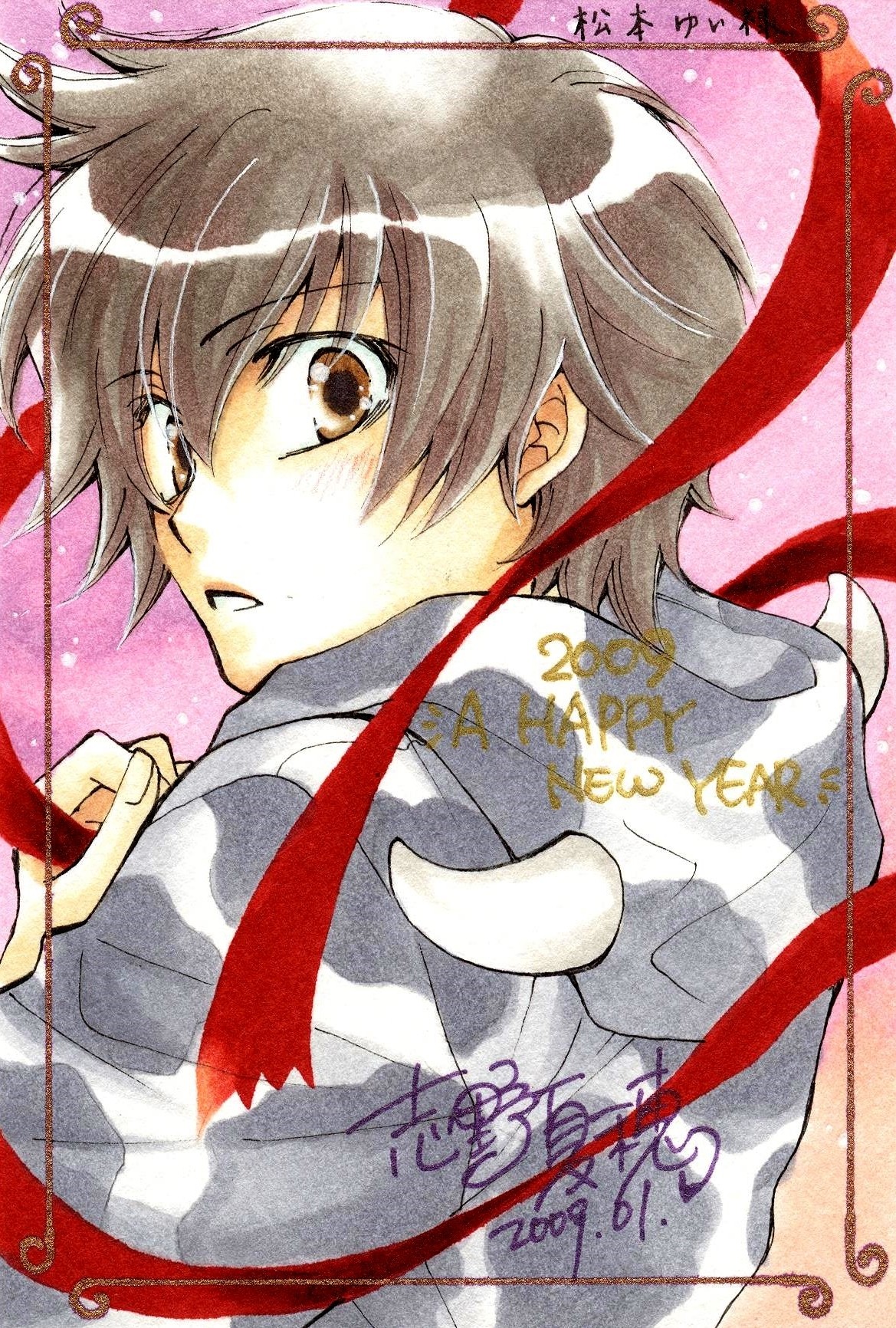Nengajo (New Year's Post Cards) - 年賀状
The Basics
The Japanese have a custom of sending New Year's cards from around the end of December to the 1st of the year. In most cases if you can get your card in the mail by 12/25 JPost guarantees delivery for the 1st of the Year. They are meant as a type of update on your family and an easy way to reach out to those who live far away. In Japan it is expected that everyone send out New Year's Cards as a matter of course, and if you receive one you better hope yours is already in the mail ^_~.
There is one case in which a New Year's Card is not expected, if there is a death in the family. If that is the case usually the affected family will send out a mourning postcard (喪中葉書, mochū hagaki) to tell friends and family NOT to send New Year's Cards.
Nengajo come many ways, preprinted, blank so you can draw and decorate your own, digital cards sent via phone nowadays are socially acceptable among young people, and you can even purchase software kits to digitally design and print your own cards. Most cards are decorated with the Chinese New Year's Symbol for that year: Rat, Ox, Tiger, Rabbit, Dragon, Snake, Horse, Goat, Monkey, Rooster, Dog, and Pig.
Common greetings you will see on New Year's Cards:
- kotoshi mo yoroshiku o-negai-shimasu (今年もよろしくお願いします, 'I hope for your favor again in the coming year')
- (shinnen) akemashite o-medetō-gozaimasu ((新年)あけましておめでとうございます, 'Happiness to you on the dawn [of a New Year]')
- kinga shinnen (謹賀新年, 'Happy New Year')
- gashō (賀正, to celebrate January)
- shoshun/hatsuharu (初春, 'early spring'; in the traditional lunar calendar a year begins in early spring)
- geishun (迎春, to welcome spring)
Why?
Why am I talking about this? Well, Mangaka, Animators, and Illustrators will on occasion create an original Nengajo for giveaways, and prizes for anime related Magazines, Manga Magazines, etc. They are not a common item that you can collect and rarely show up a lot even at the usual places. Your best bets are going to be Yahoo Japan or Mandarake to hunt for Nengajo, authenticating them is a similar process to when you are trying to authenticate a Shikishi. One thing that you should know BEFORE you get into this area of collecting.
- Nengajo are small usually about 3x5" inches they are not very large.
- Quality will vary depending on the artist and the event/raffle/giveaway, etc. the card was created for.
- Keep an eye out for the duplicates or the pre-printed cards that are also given out in a limited quantity, it is sometimes hard to spot them as the copyright information is sometimes left off of the pre-printed cards.
 |
| Original Nengajo drawn by Mangaka Shino Natsuho, from her title Kouen-san Ie no Komatta Jijou |

No comments to display
No comments to display